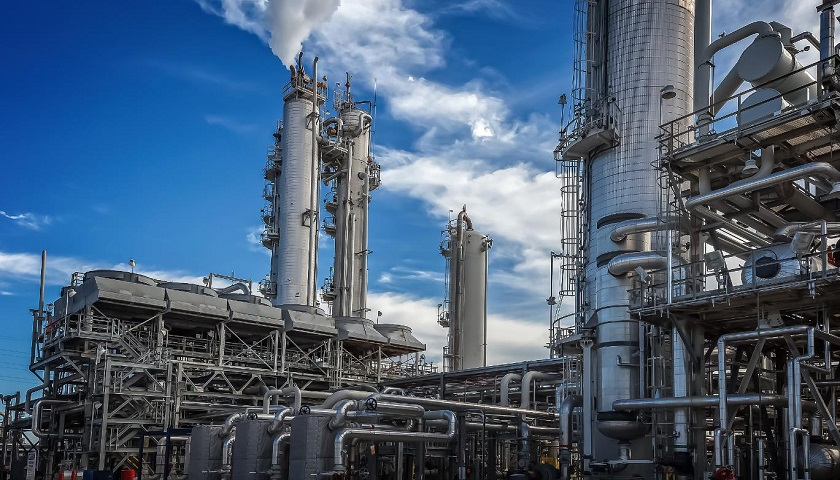In the global 3D printing industry, we occasionally encounter some start-up companies whose technology may seem trivial, but the potential is huge. This not only requires a good idea, but more importantly, to find the real pain points. This is not as easy as it sounds. More importantly, the company must have the technology to solve these problems. Chromatic 3D Materials' work on thermoset materials, especially polyurethane extrusion, is a good example. Being able to use one of the most commonly used materials in the world for 3D printing proficiently and at low cost will bring huge market opportunities. The most commendable of the C3DM method is that there are many extrusion 3D printer manufacturers around the world, and everyone can use this method.
The company's approach is based on materials and software and has nothing to do with hardware. The company's 3D printed polyurethane is a series of rubber elastomers with high performance and high resilience. From automobiles to consumer products, there are almost unlimited potential applications. The relevant person will explain: "To launch a new technology in the materials industry, you must prove its potential worth hundreds of millions of pounds. The materials industry supply chain is very long. There are many steps to go through before the final product is obtained."
This is also the reason why she was initially attracted to 3D printing. She explained: "I am interested in bringing the choice of materials closer to the end user, which really changes the motivation required to provide innovative materials to the market. I think 3D printing will Bring to the world innovative materials that we have not seen before, and these materials have higher functionality."
Where is the thermoset material?
When observing the materials suitable for 3D printing more closely, relevant personnel noticed that the scope of materials is indeed limited. And the biggest missing part in the past (now) is thermoset materials, including polyurethane, silicone and epoxy.
Due to the inherent properties of thermoset materials, it is very useful and difficult to 3D print. But difficulty does not mean impossible. Like any other manufacturing field, this requires research. As with any thermosetting application or process, the biggest challenge of 3D printing polyurethane is that the chemical reaction determines its processing method, not the mechanical principle of the processing system.
Related personnel explained: "In thermoplastic filament printers, you have to adjust the temperature of the print head and the temperature of the bed. In thermoset materials, you have to adjust the chemical composition, which is more complicated. We have improved the production methods, such as extrusion The reaction density of the pressed materials, or the way they are mixed."
Polyurethane rubber elastomer can print materials with a hardness in the range of 40-90 Shore A. These durable materials have been used for decades in non-3D printing applications. They can be repeatedly bent, stretched, twisted, and squeezed. They are used in shoe heels and outsoles, rollers and gaskets for hydraulic seals. The company's team found a 3D printing method that does not sacrifice the strength and durability of high-performance polyurethane elastomers.
Chemistry and Mechanics
The company's specific 3D printing process can be said to be a combination of inkjet and extrusion technology. During the printing process, the two liquid components are mixed in the print head, triggering a chemical reaction. When the liquid leaves the nozzle and deposits on the printing surface, the material is a partially polymerized gel that solidifies into a stable viscous material within a few minutes. The whole process is carried out at room temperature.
In other words, in the thermoplastic extrusion process, the material is melted and reorganized, while the thermoset material is actually "produced" during the extrusion process. In this way, the chemical bonds of the entire part are very strong and more isotropic. The relevant person explained: "This means that in essence, the part you are making is a single molecule. Another advantage is our design method: the viscosity of the printed material is about 10,000 times lower than that of ordinary filaments, which means So you can print faster."
This is a chemical challenge, not a mechanical challenge, but it does not mean that it is insurmountable. And the advantage of 3D printing this material is that people can use all the knowledge in thermoset chemistry for more than 50 years. Relevant personnel believe that the main reason why the industry has not made more progress is that very few people are currently studying thermoset 3D printing.
One of the companies based on stereolithography is called Carbon, and its digital photosynthesis technology uses a mixture of thermosetting materials and photopolymers to trigger the photocuring process. Related personnel explained that Chromatics' extrusion-based process provides more versatility. "We are just using mixing to trigger the reaction. This allows us to be very flexible and can add additives like colorants."
Chromatic's extrusion system can be installed on any extrusion 3D printer, just replace the thermal print head with a thermoset print head. Chromatic's team uses a standard large Juggerbot 3D printer. Chromatic provides materials and necessary software (more on that later). For many hardware manufacturers, the Chromatic 3D material system can represent a unique opportunity to greatly expand their market reach.

shoe sole,footwear,polyurethane,cup,tpu,leather,ink,Polyester Polyol



